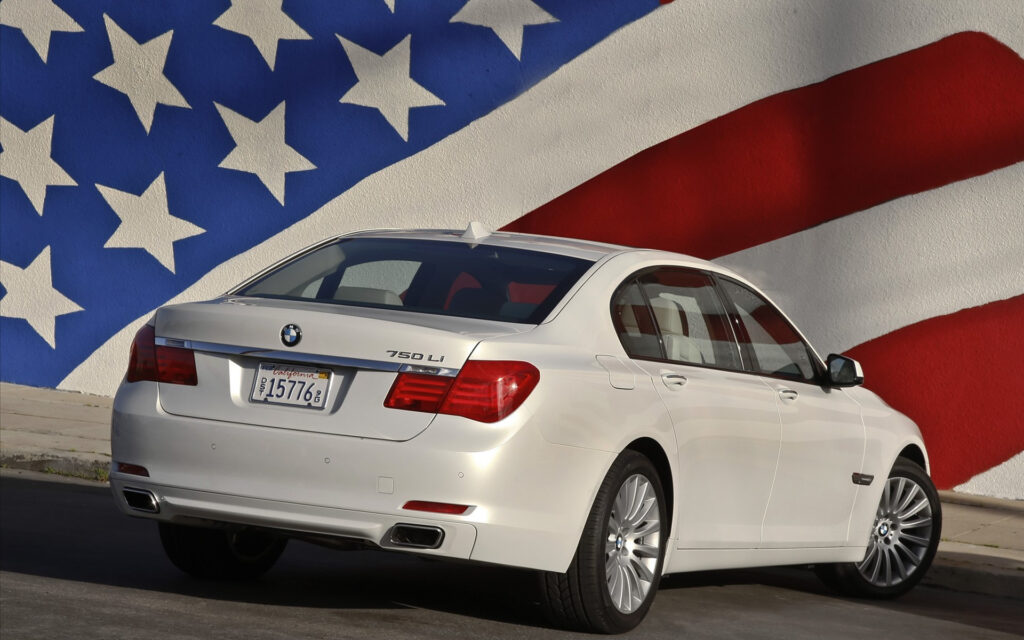Inundating the public space are advertisements for American cars, promising enticing prices that are 20-40% lower than those in Europe. This article explores the profitability of buying cars from the USA while shedding light on the accompanying risks.
Methods of Importing Used American Cars
Overseas importation can be categorized into two primary types. First, there are exclusive models like the Lincoln Navigator, Dodge Challenger, and Buick LaCrosse, not officially available in Arabic countries. These cars are imported nearly new and in impeccable condition, often chosen for their image appeal.
However, the focus of advertising shifts to a different category—intermediaries acquiring used cars from US auctions, particularly those with prior damage. These vehicles are sold by insurance companies, who find it more cost-effective to refund a portion of the money to customers and provide them with new cars instead of footing repair bills. Officially, these cars are declared unfit for further use.
Purchasing a car from the USA involves participating in auctions, typically conducted online. It requires a professional account on the electronic platform, costing between $200 and $1000 annually. Once the deal is concluded, the car is shipped to the nearest international port, from where it is dispatched to Arabic or European countries. While this process may seem straightforward, there are numerous hidden pitfalls involved.

Considerations When Ordering an American Car
- Poor Technical Condition: Buying a car online resembles a lottery, as sellers have an incentive to present damaged cars in the best light. It’s advisable to have an expert inspect the car before purchase, though this adds to the overall cost.
- Potential Fraud: Verifying the legal status of a car from a US auction is crucial, as intermediaries may not disclose arrests, liens, or other restrictions, potentially leaving you unable to take the vehicle out of the US.
- Inflated Prices: Intermediaries often perform crude restorations on damaged cars, leaving minor damages and showcasing them in photographs. Trusting customers may end up with a car that looks intact but is actually a piece of junk.
- Unpopular Models: Rare American cars can pose challenges due to the lack of spare parts. Finding replacement body panels may require ordering them from overseas or waiting for parts to become available in European salvage yards. This can lead to extended waiting times, from 1-3 months to 6-12 months.
- Technical Violations: In some cases, American cars may not conform to Arabic countries and Customs Union norms, requiring costly modifications for legal road use.
- Lack of Savings: Experts recommend buying mid-range American cars with moderate damage.
- Currency Exchange Differences: Fluctuating exchange rates can affect the final cost of an American car.
- Deferred Issues: An influx of cheap cars from the USA often follows natural disasters. Some cars may appear in good condition, while others may develop issues over time, particularly flooded vehicles, which are not roadworthy.
- Transportation Problems: Ocean ferries can encounter storms, potentially damaging cargo. Cargo insurance may be necessary to protect against such disasters, but unauthorized individuals on the ship may result in cars being partially disassembled upon delivery.
Conclusion
While buying an American car offers the possibility of obtaining an exclusive model with a rich set of features, it’s essential to consider the associated disadvantages. These drawbacks, such as potential fraud, inflated prices, and technical violations, often outweigh the benefits. Those willing to navigate these challenges may find this option suitable, while others may prefer specialized car dealerships offering used cars with warranties and official servicing.

